Botox treatments have become a popular non-surgical method for wrinkle reduction, offering effective results in smoothing fine lines and dynamic wrinkles. By temporarily paralyzing facial muscles, Botox injections provide a youthful appearance with minimal downtime. The procedure involves blocking nerve signals to specific muscles, reducing muscular activity and skin contraction. With a proven track record, Botox is a safe choice, but selecting the right injector is crucial for optimal results. Post-care guidelines and regular touch-up sessions are essential for maintaining the effects. Advanced non-surgical solutions like dermal fillers and RF treatments also offer natural wrinkle reduction alternatives.
“Uncover the secrets to achieving a youthful complexion without the need for surgery. This comprehensive guide delves into the world of non-surgical wrinkle reduction, focusing on the power of Botox treatments as a game-changer in skin rejuvenation. From understanding cutting-edge techniques to exploring the science behind Botulinum Toxin’s impact on fine lines, we demystify this popular procedure. Discover the benefits, safety considerations, and expert tips for optimal results, offering a detailed roadmap for those seeking effective, non-invasive solutions for a more youthful appearance.”
Understanding Non-Surgical Wrinkle Reduction Techniques

Non-surgical wrinkle reduction has gained significant popularity as an alternative to traditional cosmetic procedures. At its core, this approach leverages advanced techniques to minimize fine lines and wrinkles without the need for incisions or lengthy recovery periods. One of the most well-known and effective methods in this category is Botox treatments. These injections work by temporarily paralyzing specific muscles responsible for causing dynamic wrinkles, often around the eyes, forehead, and mouth.
By relaxing these muscles, Botox helps to prevent facial contortions that lead to wrinkle formation. Over time, repeated treatments can reduce the depth of existing wrinkles, providing a more youthful appearance. Beyond Botox, other non-surgical techniques include dermal fillers, which add volume to wrinkled or hollow areas, and advanced skin tightening technologies like RF (Radio Frequency) treatments, which stimulate collagen production for smoother, firmer skin.
The Role of Botox Treatments in Skin Rejuvenation
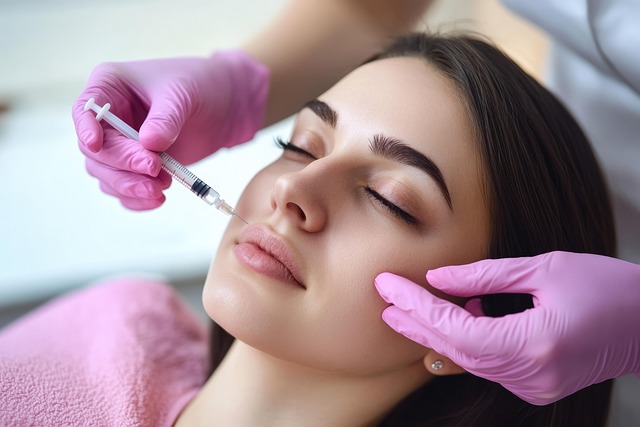
Botox treatments have emerged as a leading non-surgical method for wrinkle reduction, offering significant improvements in skin appearance and texture. By relaxing specific muscle groups responsible for facial wrinkles, Botox injections can smooth out fine lines and deep creases, providing a more youthful complexion. This procedure is particularly effective for treating dynamic wrinkles caused by regular facial expressions, such as frown lines between the eyebrows, crow’s feet around the eyes, and forehead wrinkles.
The science behind Botox treatments involves its ability to block nerve signals that cause muscle contraction. When injected into targeted areas, Botox prevents overactive muscles from tightening, thereby reducing the visible signs of aging. This non-invasive approach has gained immense popularity due to its minimal downtime, natural results, and proven effectiveness in enhancing overall skin rejuvenation.
How Does Botulinum Toxin Work on Fine Lines?

Botulinum toxin, commonly known as Botox, has become a popular choice for non-surgical wrinkle reduction. Its mechanism of action involves blocking specific nerve signals that cause muscle contraction, which over time leads to dynamic wrinkles forming on the surface of the skin. By inhibiting these signals, Botox treatments effectively smoothen fine lines and crow’s feet, offering a natural and long-lasting result.
When injected into the targeted areas, Botox molecules attach themselves to nerve endings, preventing the release of acetylcholine—a neurotransmitter responsible for muscle contraction. This disruption results in reduced muscular activity, allowing the skin to relax and regain its elasticity. The effect is gradual, typically taking 2–4 days to kick in fully, ensuring natural-looking results with minimal downtime.
Benefits and Safety of Botox for Wrinkle Minimization
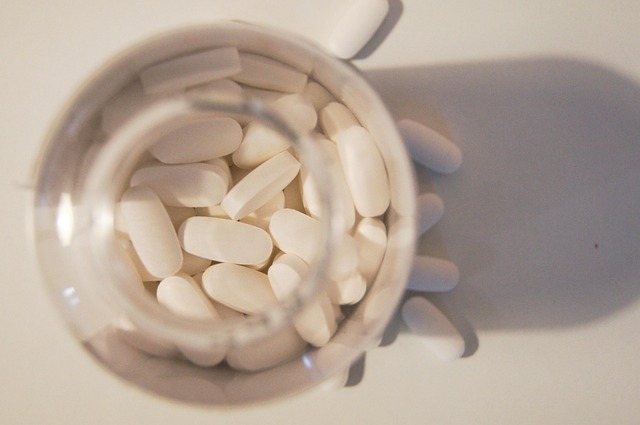
Botox has emerged as a popular and safe option for non-surgical wrinkle reduction. It works by blocking nerve signals to specific muscles, which in turn reduces muscle movement and prevents dynamic wrinkles from forming. This results in a smoother, more youthful appearance without any surgical incisions or downtime.
The safety of Botox treatments is well-documented. When administered by a qualified professional, the risks are minimal. Common side effects include temporary bruising, redness, or discomfort at the injection site, but these usually subside within a few days. Botox has been used for decades and has an excellent track record, making it a trusted choice for those seeking to enhance their natural beauty without invasive procedures.
Choosing the Right Injector for Optimal Results
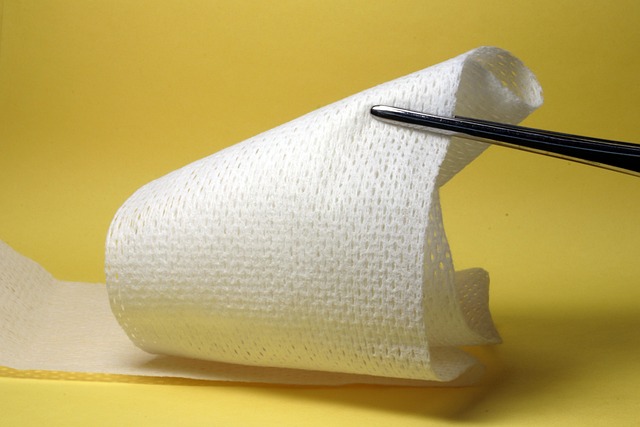
Choosing the right injector is paramount when considering non-surgical wrinkle reduction, such as Botox treatments. It’s not just about finding a qualified professional; it involves selecting an injector with a keen eye for detail and a deep understanding of facial anatomy. Look for practitioners who are certified by reputable organizations and have extensive experience administering Botox. Their expertise ensures precise injections, minimizing risks and maximizing the natural-looking results you desire.
This individualized approach extends to assessing your specific concerns and skin type. A skilled injector will consult with you to determine the appropriate amount and technique for your particular needs. They’ll consider factors like muscle mass, skin elasticity, and desired outcome to tailor the treatment, ensuring optimal results that enhance your natural beauty rather than altering it.
What to Expect During a Botox Session

During a Botox session, patients can expect a relatively quick and virtually painless experience. The procedure usually takes around 20-30 minutes to complete, depending on the area being treated and the number of injections required. A small needle is used to inject botulinum toxin into specific muscle groups, which temporarily paralyzes them. This disruption prevents the muscles from contracting, thereby reducing the appearance of wrinkles. Patients may experience some temporary mild discomfort or bruising at the injection sites, but these side effects are usually minor and subside quickly.
After the treatment, there is no recovery time required, allowing patients to resume their normal activities immediately. It’s important to remember that the effects of Botox treatments vary from person to person, with results typically lasting between 3-6 months. Regular sessions may be necessary to maintain the desired wrinkle reduction.
Post-Treatment Care: Tips for Faster Recovery
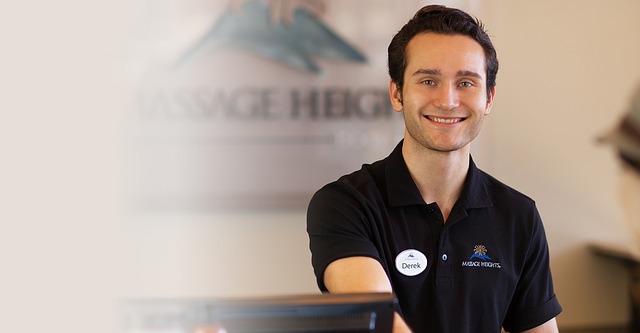
After a non-surgical wrinkle reduction treatment, like Botox injections, proper post-care is essential for optimal results and faster recovery. It’s crucial to follow your dermatologist or healthcare provider’s specific instructions, but here are some general tips to aid in the healing process. First, avoid any strenuous activities or exercises for 24 hours after the treatment to prevent irritation and potential bleeding.
Additionally, keep the treated area clean and moisturized. Use gentle, non-irritating products recommended by your provider. Avoid direct sun exposure and always wear sunscreen when going outdoors. While it’s important to stay hydrated, steer clear of alcohol consumption for a few days post-treatment as it can delay healing. Also, be mindful of any medications you’re taking; some drugs may increase bleeding risks, so consult your doctor beforehand if necessary.
Longevity and Frequency of Botox Treatments
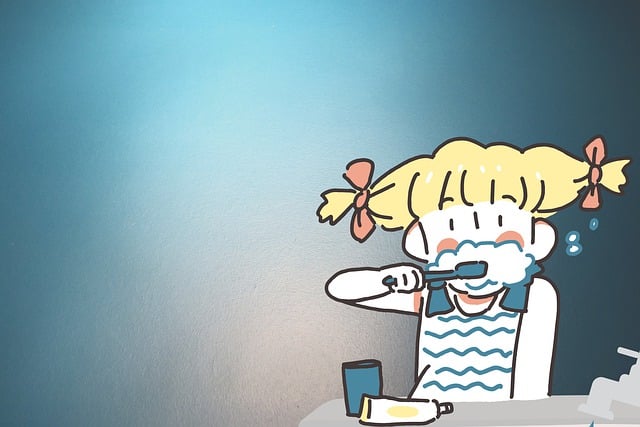
The longevity of Botox treatments varies depending on several factors, including the area treated and individual metabolism. Typically, the effects of Botox last between 4 to 6 months. After this period, a touch-up treatment is often recommended to maintain the desired results. The frequency of these top-ups can be tailored to each patient’s needs, with some individuals requiring more frequent visits than others.
Regular Botox treatments offer a long-term solution for wrinkle reduction, providing a consistent and natural-looking enhancement. Over time, as the effects wear off, repeat treatments help maintain the initial results, ensuring a youthful appearance. Many patients appreciate the convenience of these maintenance sessions, allowing them to enjoy the benefits of smoother skin without frequent visits.
Alternative Methods to Surgical Face Lifts

In addition to traditional surgical face lifts, there are now several effective non-surgical methods available for wrinkle reduction and skin tightening. One of the most popular and minimally invasive options is Botox treatments. These injections work by temporarily paralyzing facial muscles, reducing the appearance of fine lines and wrinkles. By relaxing these muscles, Botox can provide a more youthful and smoothed look without any extensive downtime or recovery period.
Other alternative methods include dermal fillers, which add volume to the skin by smoothing out creases and wrinkles. Radiofrequency (RF) treatments are another option, using targeted heat energy to stimulate collagen production and improve skin elasticity. These non-surgical approaches offer a more gradual and natural-looking result compared to surgical procedures, making them appealing choices for individuals seeking a youthful appearance without the risks and recovery associated with surgery.
